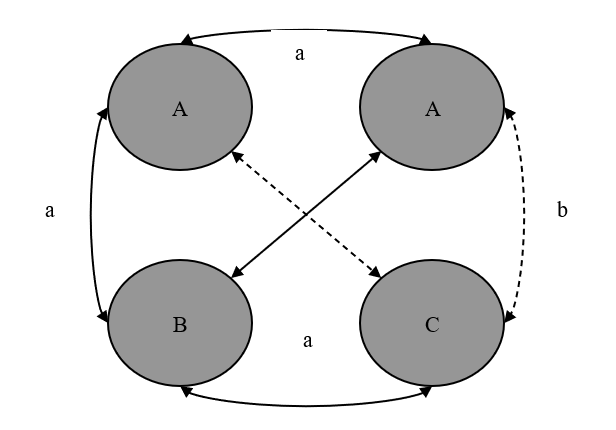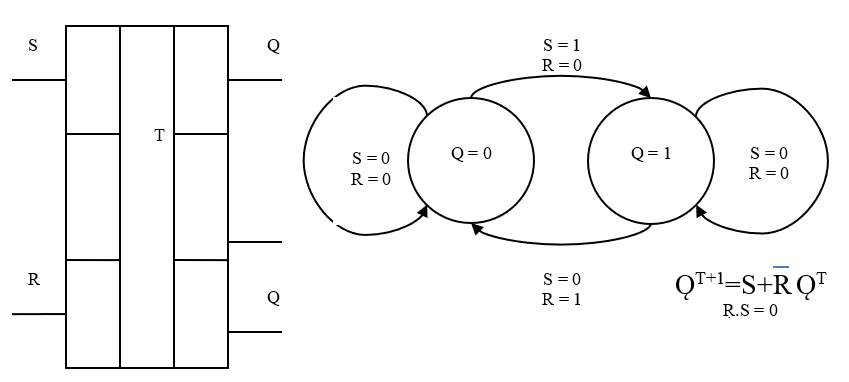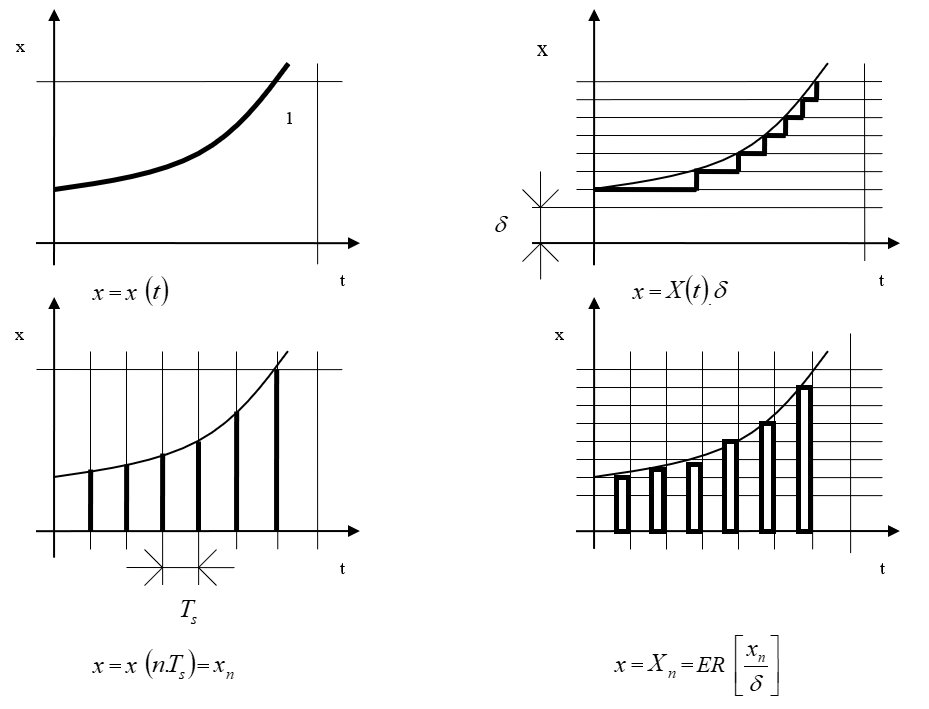System, Model
A system is a set of objects connected by interactions. The system is characterized by its constituent elements and the relationships between those elements. Graphs or state equations are used to describe and model systems. The elements of the system and the relationships between them may belong to different classes or types.
In the example system, there are elements belonging to classes A, B, and C, and there are connections of types 'a' and 'b'. The state equations, which serve as the mathematical model of the system, may be differential or difference equations. The state equations describe the state changes of the system. The internal state of the system is described by physical state indicators. In the system model, the state indicators correspond to state variables. Interactions between the elements of the system involve the transfer of energy and information. From an information technology perspective, state variables are referred to as signals. Any state indicator that is observable and capable of carrying information can be considered a signal.
Example
RS container, elementary memory
Signal
A signal is a physical state indicator that carries information.
There are signals with constant values over time and those with changing values over time. Information is often conveyed by the change in the signal over time. The four main types of signals are:
1. Analog signals The signal is continuous in both time and value.
2. Quantized signal The signal is discrete in value.
3. Sampled signals The signal is discrete in time.
4. Digital signal The signal is discrete in both time and value.
The mathematical model of signals: a time-varying function. The model of a signal can be deterministic or stochastic. A stochastic signal is a composition of the useful signal and noise. A stochastic signal changes randomly. Stochastic signals can only be modelled using statistical methods.



